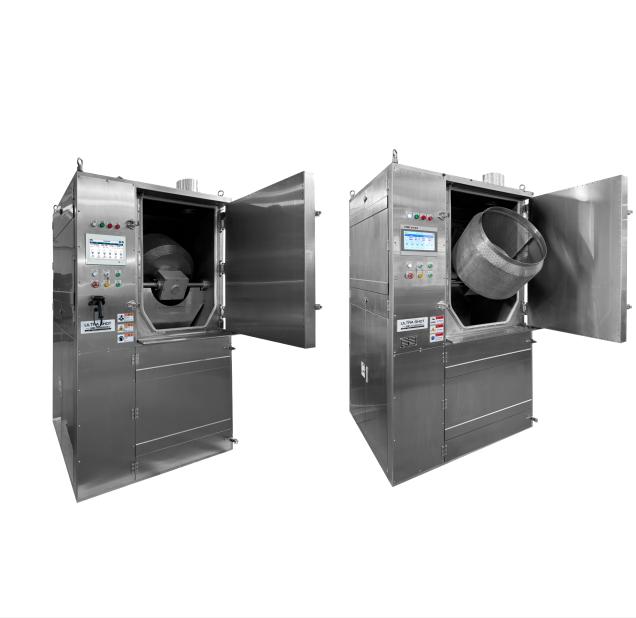In today’s thriving manufacturing industry, the post-processing procedure of deflashing plays a crucial role in product quality and enterprise costs. Traditional deflashing methods have a long history, while cryogenic deflashing, as a new technology, is gradually emerging. What are the cost differences between the two? This has become a focus of attention for many manufacturing enterprises.
Traditional Deflashing Methods
Traditional deflashing mainly includes manual and mechanical deflashing. Manual deflashing relies heavily on labor, where skilled workers use tools like scissors and scrapers to carefully remove product burrs. This is not only labor-intensive but also highly inefficient. Statistics show that a skilled worker can process at most a few hundred products per day. In terms of labor costs, with a monthly salary of $700 (approximate conversion based on regional standards), working 22 days a month and 8 hours a day, the hourly labor cost is about $4. By contrast, mechanical deflashing uses equipment such as punching, grinding wheels, and circular knives. Although more efficient than manual methods, it has high equipment procurement costs. For products requiring high precision, the effect is often unsatisfactory, plus ongoing costs for equipment maintenance and energy consumption.
Cryogenic Deflashing Technology
Cryogenic deflashing utilizes the low-temperature freezing effect of liquid nitrogen to embrittle rubber/plastic or zinc-magnesium-aluminum alloy products. High-speed polymer particles are then sprayed to strike and remove burrs. In terms of efficiency, one Cryogenic Deflashing Machine can handle the equivalent workload of 80–100 skilled workers per day. Regarding costs, while the equipment purchase price ranges from tens of thousands to hundreds of thousands of dollars, it significantly reduces labor costs in the long run. For example, processing 10,000 products manually would require multiple workers for extended hours, while a cryogenic machine can finish in just a few hours. Additionally, it saves costs in management, raw materials (precise deflashing reduces waste), and molds (minimal wear and tear), while also requiring less factory floor space.
Case Study
A well-known rubber and plastic products enterprise spent millions of dollars annually on manual and mechanical deflashing before adopting cryogenic deflashing. After introducing the Cryogenic Deflashing Machine, although they incurred initial equipment costs, their annual costs decreased by nearly 40% in subsequent years. Product quality also improved significantly, enhancing their competitiveness in the global market.
Conclusion
Traditional deflashing faces significant pressure from labor and equipment maintenance costs, while cryogenic deflashing, despite higher upfront investment, offers remarkable long-term benefits in efficiency and comprehensive cost control. When selecting a deflashing method, manufacturing enterprises should comprehensively consider product characteristics, production scale, and cost budgets to make decisions that best suit their development.
Post time: May-23-2025


